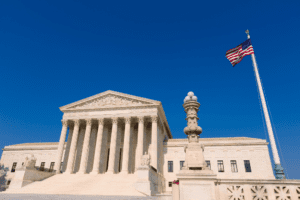
The Court’s answer is that judges will simply have to employ “analogical reasoning.” Ante, at 19–20. But, as I explained above, the Court does not provide clear guidance on how to apply such reasoning. Even seemingly straightforward historical restrictions on firearm use may prove surprisingly difficult to apply to modern circumstances. The Court affirms Heller’s recognition that States may forbid public carriage in “sensitive places.” Ante, at 21–22. But what, in 21st-century New York City, may properly be considered a sensitive place? Presumably “legislative assemblies, polling places, and courthouses,” which the Court tells us were among the “relatively few” places “where weapons were altogether prohibited” in the 18th and 19th centuries. Ante, at 21.
On the other hand, the Court also tells us that “expanding the category of ‘sensitive places’ simply to all places of public congregation that are not isolated from law enforcement defines that category . . . far too broadly.” Ante, at 22. So where does that leave the many locations in a modern city with no obvious 18th- or 19th-century analogue? What about subways, nightclubs, movie theaters, and sports stadiums? The Court does not say.
This issue of “sensitive places” will be contested throughout the Courts of the six states (including D.C.) that are affected by this decision. One such place that has been routinely identified by some authorities in New Jersey is a motor vehicle. Thus, permits to carry have issued with the stipulation that a loaded firearm cannot be carried on or near one’s person inside a motor vehicle. It is only a matter of time before this prohibition makes its way through our courts. An obvious argument against it is that it undermines one’s ability to protect against carjackings.